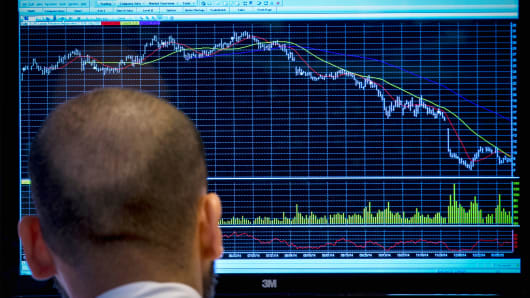Editor's Note: Jeffrey A. Hirsch is editor-in-chief of the "Stock Trader's Almanac," which popularized the "sell in May" market strategy.
Our flagship indicator, the "January Barometer" created by Yale Hirsch in 1972, simply states that as the S&P 500 goes in January, so goes the year. It came into effect after the passage of 20th "Lame Duck" Amendment to the constitution in 1930s, which moved the date that the new Congress convenes to the first week of January, and presidential inaugurations to Jan. 20.
The long-term record has been stupendous, an 87.9 percent accuracy rate, with only eight major errors in 66 years. Those major errors occurred in the secular bear market years of 1966, 1968, 1982, 2001, 2003, 2009, 2010 and 2014. Including the eight flat years (less than +/- 5 percent) yields a 75.8 percent accuracy ratio.
That's high probability ratio. Here's why investors still need to look at this metric.








